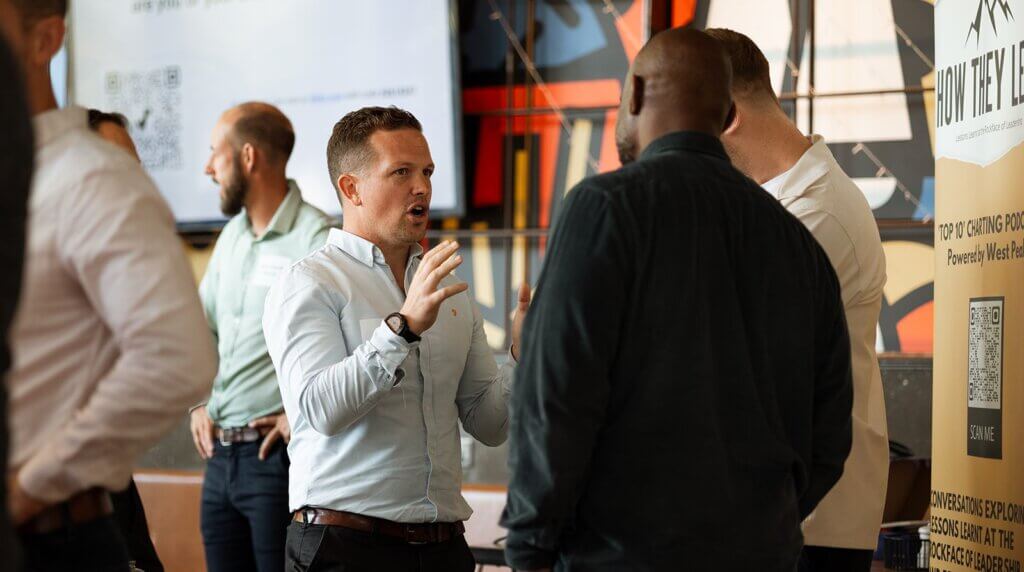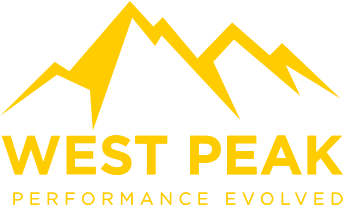Generational Leadership: Bridging the Gap Between Gen Z, Millennials, Gen X, and Boomers
Leadership today requires more than just technical expertise and vision—it demands an understanding of the diverse generations shaping the workplace. With Gen Z, Millennials, Gen X, and Boomers working side by side, leaders must navigate differing communication styles, values, and expectations to build cohesive, high-performing teams.
Each generation brings unique strengths, but they also come with distinct challenges. While Gen Z values flexibility and purpose, Gen X prioritises autonomy, and Boomers lean towards structure and hierarchy. Bridging these gaps isn’t about forcing uniformity; it’s about creating an environment where every generation’s strengths are leveraged effectively.
So, how can leaders foster collaboration, innovation, and engagement across multiple generations? The answer lies in adaptability, understanding, and intentional leadership.
Understanding the Generations in Today’s Workplace
Gen Z (Born 1997-2012) – The Digital Natives
🔹 Value flexibility, work-life balance, and purpose-driven work
🔹 Prefer quick, informal communication (Slack, voice notes, WhatsApp)
🔹 Expect transparency and regular feedback
🔹 Thrive in fast-paced, technology-driven environments
Millennials (Born 1981-1996) – The Hybrid Workforce
🔹 Seek career growth, continuous learning, and development
🔹 Advocate for workplace well-being and work-life integration
🔹 Prefer collaborative leadership styles over rigid hierarchies
🔹 Adapt well to technology but appreciate human connection in the workplace
Gen X (Born 1965-1980) – The Independent Thinkers
🔹 Value autonomy, efficiency, and practical leadership
🔹 Prefer direct communication, without unnecessary meetings
🔹 Expect results-oriented leadership and merit-based advancement
🔹 Often serve as the bridge between younger and older generations
Boomers (Born 1946-1964) – The Experienced Mentors
🔹 Respect structure, loyalty, and traditional leadership models
🔹 Prefer face-to-face interactions over digital communication
🔹 Bring extensive industry knowledge and experience
🔹 Often see work as a core part of their identity
With these generational dynamics in mind, what can leaders do to create a more inclusive and effective workplace?
- Encourage Cross-Generational Mentorship
A strong way to bridge generational gaps is through reverse mentorship, where knowledge flows in both directions.
🔹 Gen Z can share insights on emerging digital trends and social media.
🔹 Millennials can offer a balance between digital fluency and leadership adaptability.
🔹 Gen X can provide mentorship on efficiency, independence, and leadership execution.
🔹 Boomers can bring decades of strategic thinking and business acumen.
Action Step: Pair employees from different generations for mentorship programs where they can learn from each other’s strengths.

- Adapt Leadership Styles to Different Generations
One-size-fits-all leadership does not work in a multigenerational workforce. Leaders must adjust their leadership approach to engage each group effectively.
🔹 Gen Z thrives in environments with frequent feedback and open dialogue.
🔹 Millennials value professional development, flexible work arrangements, and a sense of purpose.
🔹 Gen X prefers leaders who provide autonomy and expect results.
🔹 Boomers appreciate leaders who respect their experience and offer stability.
Action Step: In one-on-one meetings, ask team members how they prefer to receive feedback, communicate, and collaborate. Tailor leadership styles accordingly.
- Foster a Flexible Work Environment
Workplace flexibility means different things to different generations.
🔹 Gen Z and Millennials often prioritise hybrid or remote work for better work-life integration.
🔹 Gen X and Boomers may prefer structured office environments and in-person collaboration.
Striking a balance between structure and flexibility is key. Leaders who create hybrid models accommodating different needs will build more engaged and productive teams.
Action Step: Provide employees with choices where possible—whether in work location, project ownership, or communication preferences.

- Leverage Technology for Seamless Collaboration
Different generations have different communication preferences:
🔹 Gen Z prefers instant messaging and short-form content (voice notes, Slack).
🔹 Millennials use a mix of digital tools and in-person meetings.
🔹 Gen X values efficiency and clear, direct communication.
🔹 Boomers lean towards emails, phone calls, or face-to-face discussions.
A tech-enabled workplace must accommodate these differences without alienating anyone.
Action Step: Encourage teams to agree on communication norms that work for everyone. Provide access to collaboration tools like Microsoft Teams, Zoom, and project management platforms.
- Recognise and Celebrate Contributions in Meaningful Ways
Each generation responds differently to recognition and feedback:
🔹 Gen Z appreciates public recognition and social media shoutouts.
🔹 Millennials prefer personal, career-focused feedback and mentorship.
🔹 Gen X values results-driven recognition with a direct, no-frills approach.
🔹 Boomers appreciate formal recognition, such as awards or written appreciation.
Action Step: Tailor recognition strategies to individual preferences—whether through team celebrations, one-on-one acknowledgments, or formal awards

- Prioritise Inclusion and Psychological Safety
A multigenerational workforce thrives when all voices feel valued. Leaders must foster psychological safety, where employees feel comfortable sharing ideas and taking risks.
🔹 Encourage cross-generational collaboration on projects.
🔹 Ensure decision-making includes diverse perspectives.
🔹 Create an environment where feedback is welcomed and acted upon.
Action Step: During meetings, create opportunities for input from all team members, ensuring quieter voices (often from younger or underrepresented groups) are heard.
Final Thoughts: The Future of Multigenerational Leadership
Generational diversity in the workplace isn’t a challenge to fix—it’s an opportunity to harness. The most successful leaders will be those who:
✅ Adapt to different communication and leadership styles
✅ Encourage mentorship across all generations
✅ Build workplaces that balance flexibility, structure, and purpose
✅ Foster an inclusive culture where every generation’s voice is valued
By embracing generational diversity, leaders can build high-performing, engaged teams where experience, innovation, and collaboration drive long-term success.
The real question is: Are you ready to lead across generations?
Subscribe to our Podcast
Hosted by our very own Ben Stocken and Benjamin Wade our ‘How They Lead’ podcast aims to evolve the way people perform in leadership roles by showcasing a variety of high performance interviews with people from Patrick Kershaw from The RAF Red Arrows to CEO’s like Steve Phillips who help large brands like Pepsi, Mars and Unilever.
Get one step ahead – Click below to subscribe.

